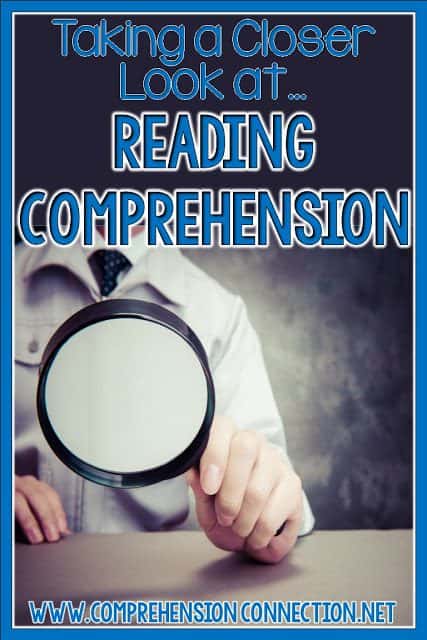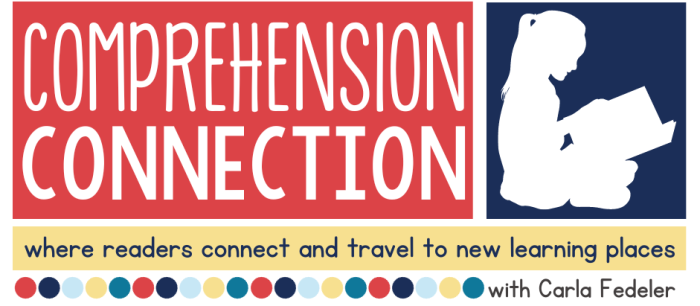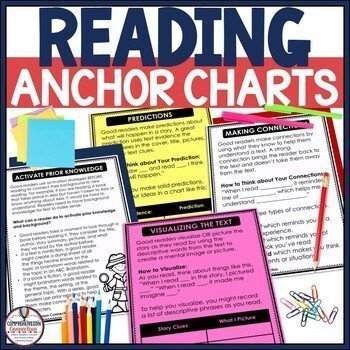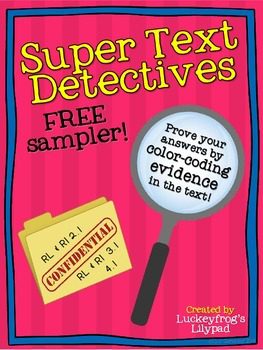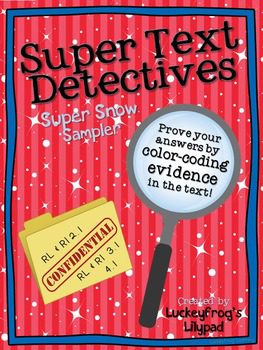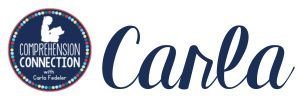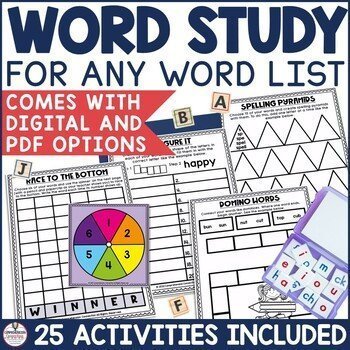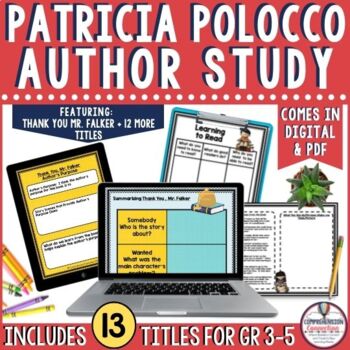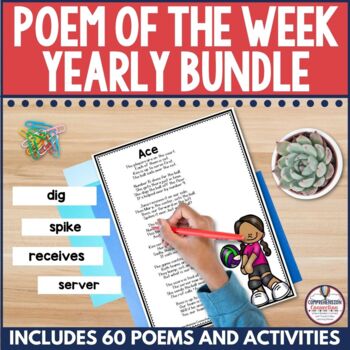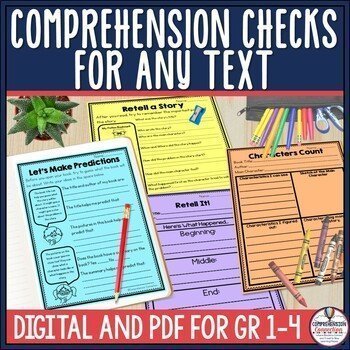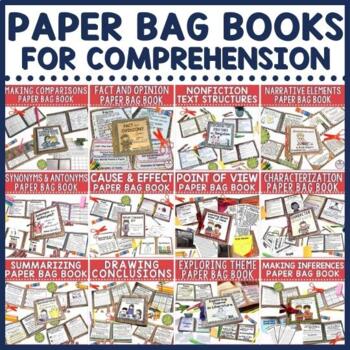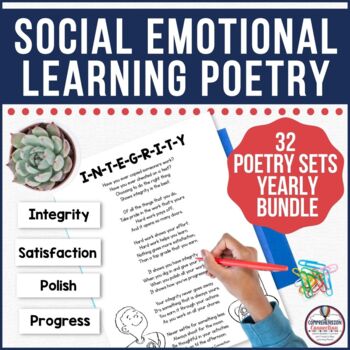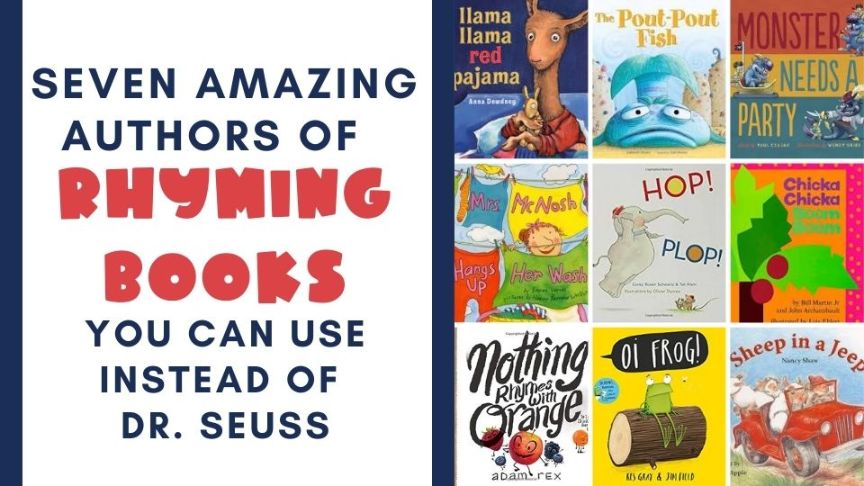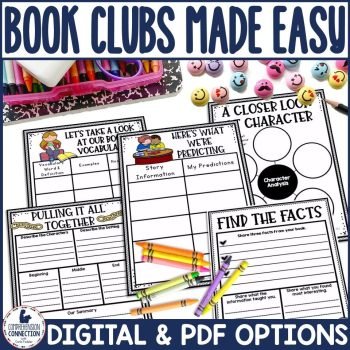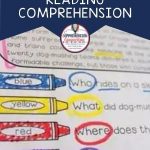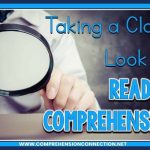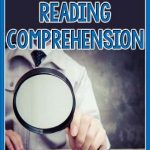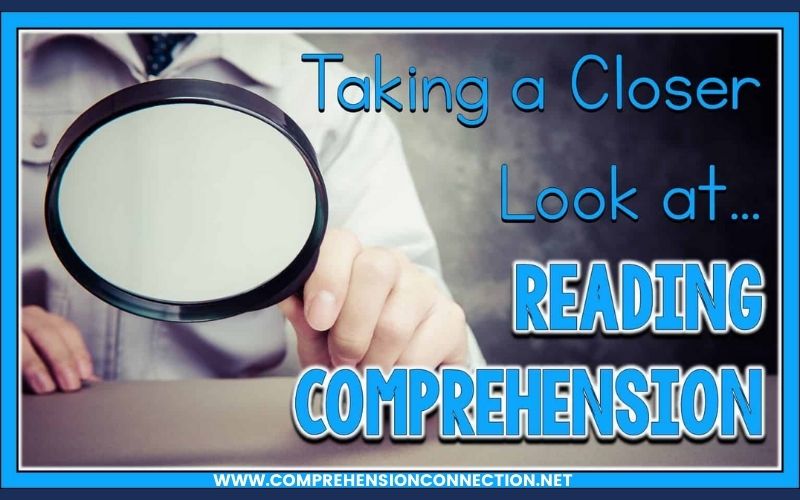
Teaching reading comprehension skills takes varied teaching techniques. Students often need practice in multiple ways to show mastery. After all, it is the deep thinking aspects of reading that are the most challenging for our learners. Believe me, the more tools we can give students, the better. In fact, the magnifying glass is a great symbol for our students to use as they read.
Real readers search for clues and work as detectives on a quest for meaning. Unfortunately, a magnifying glass will not do it all, so read on to hear about a few tools that will help your kids connect to the text during the reading process.
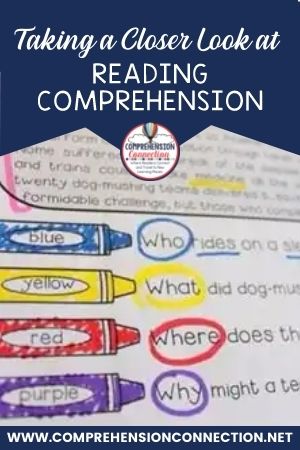
For this post, I have called upon a few friends who focus specifically on reading comprehension. The first guest is Jenny from Luckeyfrog Learning. She came up with the idea of text detectives a few years ago just before our literacy group, The Reading Crew, was formed. I have used the strategy successfully with my students, and I know quite a few teachers have implemented the idea too in resources they’ve created.
The gist of the technique is to color code text evidence needed to respond to specific question types. Jenny’s Text Detectives products are perfect for the middle grades or struggling students in upper elementary. As they practice responding to questions with short passages, they mark by color the information required for the answer.
You can see a sample above of one Jenny’s used in her product. I love how students identify key words in the question in order to accurately select the information needed to respond. Color coding can be done with any printed material, but how do we handle material we can’t write in? The answer… colored post it flags. Give it a try with your next guided reading book.
Advice for Reading Comprehension
Teach your students to question before, during and after reading. It helps them become thinkers. Asking questions before reading gives students a purpose for reading and gets them engaged. When they are looking for the answer, students read more intently. Asking questions during reading makes sure they are thinking about what they read, and asking questions after reading causes them to be reflective about the author’s choices and sometimes helps them draw a personal opinion about the text. Questioning is a great place to start students’ thinking while reading!
Jenny from Luckeyfrog Learning
Use Anchor Charts to Model reading Comprehension Skills
Another great way to work on reading comprehension is with anchor charts. I love using them with my students and have a printable set I created. You can project them on the smartboard and provide a printed copy to students for their interactive notebooks.
I also have a Pinterest board dedicated to reading anchor charts that you can check out [here].Reading comprehension comes as students implement strategies we’ve worked on, but kids also need to know when things aren’t clicking. I tell my students things either click or they clunk, and when things clunk, you have to go to your fix up strategies.
My friend Jenn from Reading in Room 11 created a great set of fix up strategy charts. If you don’t have fix up posters up in your room, you definitely need these as reference for your kids. I have a set (and have no idea where they came from), and I can assure you they are helpful. Here is a glimpse of what Jenn’s look like. Keeping these in a strategic location will help cue your kids.
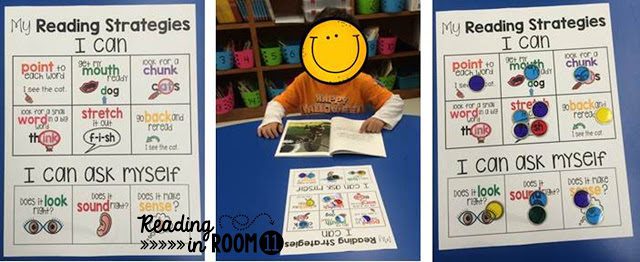
Jenn’s Advice on Reading Comprehension
Structure and routines are very important to remember during your intervention blocks! I know this sounds basic but when you only have students for 30-40 minutes at a time, it is so important to have structure for your students and set routines so you are not wasting precious time! If students are focused, then these strategies are put into practice.
Jenn from Reading in Room 11
with reading comprehension, Not all Skills are Equal
As we think about reading comprehension, not all skills are equal. Students seem to be most challenged by the deep thinking skills such as making inferences. My friend, Jessica from Literacy Spark has developed a set to break the skill down. Starting with concrete examples and moving to more abstract helps scaffold student learning. The image to the right is an example of how you can use images to help your students see what’s not directly stated.
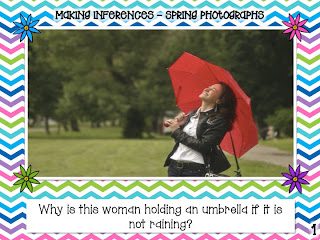
Comprehension Skills Advice:
When teaching students to make inferences, it takes a long time for the kids to really get it. So I like to practice the skill in a variety of ways, especially in practical, real life scenarios that don’t necessarily even involve reading. One way I did last year that the kids LOVED was to use commercials! I would just show one a day as a warm up to our reading lesson when I was really trying to kill the skill of making inferences. You can find a variety of commercials or clips on Youtube and just show a segment for discussion. [This post] on my blog gives more information on some I used with my kids.
Jessica from Literacy Spark
Reading Comprehension Freebies
Related Posts You’d Enjoy:
- Comprehension Strategy Ideas for Fiction and Nonfiction You Need Today
- Quick and Easy Comprehension Strategies for Before, During, and After
- How Making Books in the Classroom Makes Learning Stick
- How Anchor Charts Make a Difference
What strategies or techniques have you shared with students to support comprehension? Share your thoughts in the comments.

